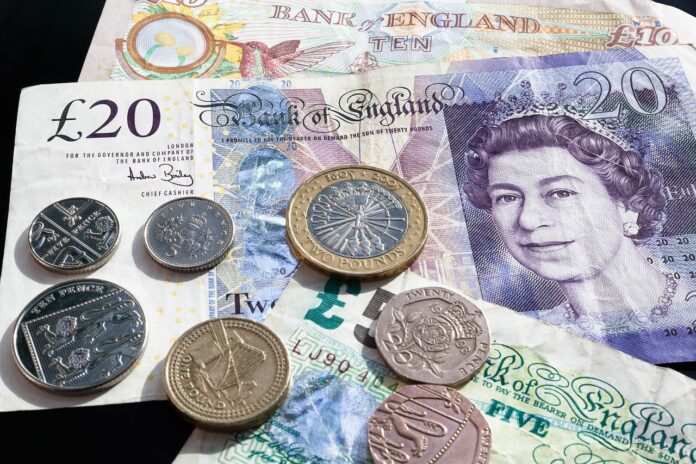Currently, there are about 180 currencies in circulation worldwide, which are considered legal tender in recognized, partially recognized, or unrecognized states or their dependent territories. These can be endlessly categorized. Which currency is the most traded in the world? The US Dollar (at least for now).
Most Expensive Currencies in World
But what is the most expensive currency? Since currencies are traded in pairs, we first need to find a common denominator for comparison. In this case, we again cannot avoid the most widely used currency in the world, the US Dollar—if only because some of the currencies in this ranking are pegged to it, and their rates are not determined by market methods. For each top five, we have selected the first five and listed them in reverse order.
5. British Pound = $1.28
The British Pound is the most well-known and popular currency among the participants in this ranking. It is enough to say that it ranks fourth among the most traded currencies in the world and is one of the reserve currencies, meaning that central banks of different countries prefer to accumulate their reserves in it.
The British Pound also has a rich historical tradition, being the oldest currency in continuous use. It started being used with the spread of the Carolingian monetary system on the British Isles around 800 AD, with its value linked to the weight of a pound.
In the mid-20th century, this currency was possibly the most expensive in the world. Before World War II, 1 pound was worth $4.86, and at the start of the conflict, the UK and US authorities agreed to peg the British currency to the American one at a rate of 1 to 4.03. Those times are long gone.
During the second half of the 20th century, its rate gradually fell, sometimes reaching near parity with the dollar. Interestingly, many British dependent territories (like Gibraltar or Jersey) have their own pounds, but they are pegged to the metropolitan pound. Therefore, it can be said that they also occupy the fifth place in the ranking.
4. Jordanian Dinar = $1.41
Interestingly, at one time, Jordan also used its own pound, pegged to the British one. From the 1920s, the territory of this Middle Eastern kingdom (in the format of the Emirate of Transjordan) was a British protectorate and, along with Mandate Palestine, used the so-called Palestinian pound as a means of payment.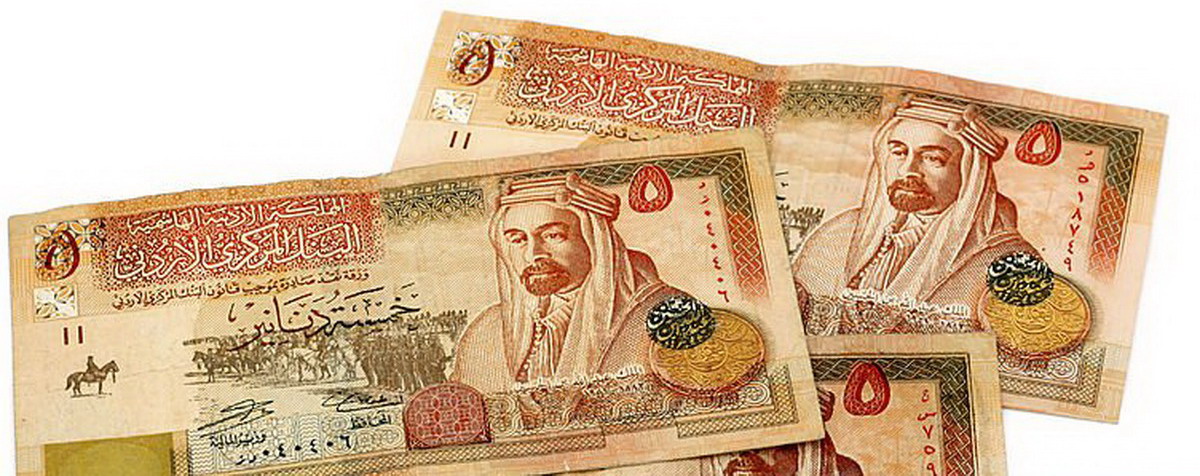
The country gained independence in 1946 and, four years later, introduced its own currency, an important symbol of sovereignty. The currency was given the traditional Arab name “dinar.”
The Jordanian Dinar is an example of a currency still pegged to another country’s payment medium. Currently, it is pegged to the US Dollar, not the British Pound. Since 1995, the official exchange rate has been fixed at $1.41 per dinar. This was done for economic reasons. Jordan is a country strategically dependent on the import of various products (primarily energy sources), and a strong national currency makes imports cheaper.
3. Omani Rial = $2.60
Oman is a quiet and peaceful country in the southeastern corner of the Arabian Peninsula. Unlike neighboring Yemen, it has no internal conflicts, but also no global ambitions like other Persian Gulf monarchies, such as the UAE or Saudi Arabia. It also has fewer hydrocarbons than its northern neighbors but enough to ensure a stable and prosperous life for its citizens.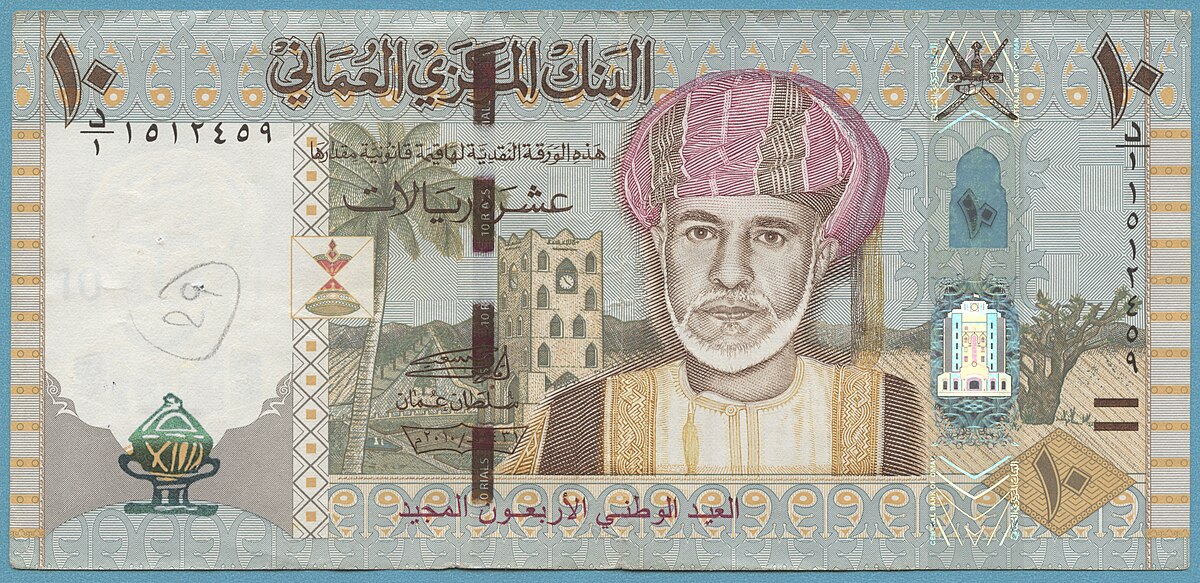
For a long time, Oman used the Indian Rupee as its currency. In 1940, the Persian Gulf Rupee was introduced in the then dependent states of the region as a replacement. Only in 1970, when Oman gained independence from Britain, did it get its own currency—the Rial.
Since then, it has been pegged to a major world currency: first to the British Pound for three years, and then to the US Dollar. The initial rate was $2.86 per Omani Rial. In 1986, it was slightly devalued, but for the last 38 years, the rate has been stable at $2.60.
2. Bahraini Dinar = $2.65
Bahrain, another Persian Gulf state, is the smallest in the region but has plenty of oil. The history of currency circulation in this kingdom is similar to that of Oman. During the early stages of state formation, the inhabitants of the archipelago (Bahrain is on islands) used the Indian Rupee, which was then replaced by the Persian Gulf Rupee. However, Bahrain had its own currency even before gaining independence from the UK.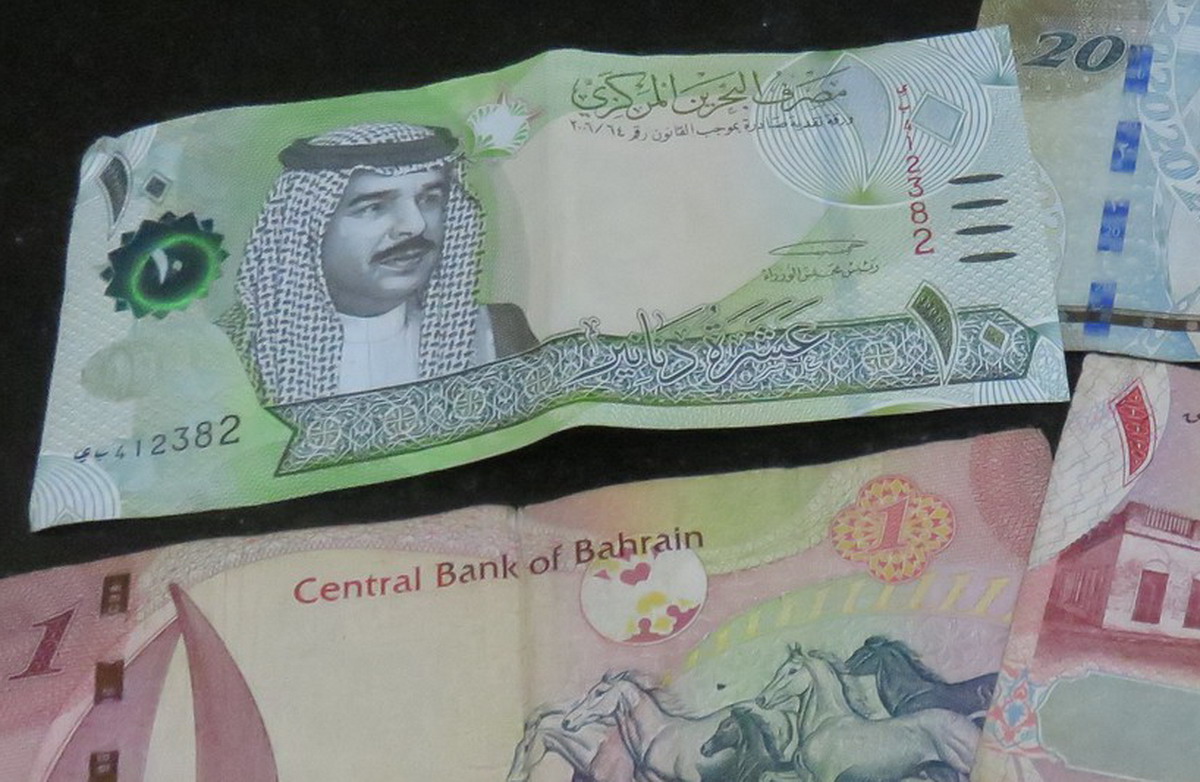
In 1965, after the sharp devaluation of the Indian Rupee, the value of the Persian Gulf Rupee also fell. The ruling dynasty, not wanting to depend on these fluctuations, decided to introduce its own currency. However, having detached from the Rupee, the country’s authorities immediately pegged their new Dinar to another currency—the seemingly more stable US Dollar. The Dinar is associated with two interesting facts.
First, for eight years, at the turn of the 1960s-1970s, the Bahraini Dinar was also the official means of payment in the neighboring Emirate of Abu Dhabi. Second, until 2008, the Dinar was only the third most expensive currency in the world; the Maltese Lira, worth $3.15, was ahead. However, on January 1, 2008, the Lira became history, Malta introduced the Euro, and the Bahraini Dinar moved up to second place.
1. Kuwaiti Dinar = $3.27
The world’s most expensive currency belongs to another Persian Gulf country, and again it is a Dinar—this time the Kuwaiti Dinar. This currency, whose name traces back to the ancient Roman denarius, was introduced slightly later than the Jordanian one, in 1961. Its historical path for a long time resembled its neighbors: it was pegged to the British Pound and then to the US Dollar.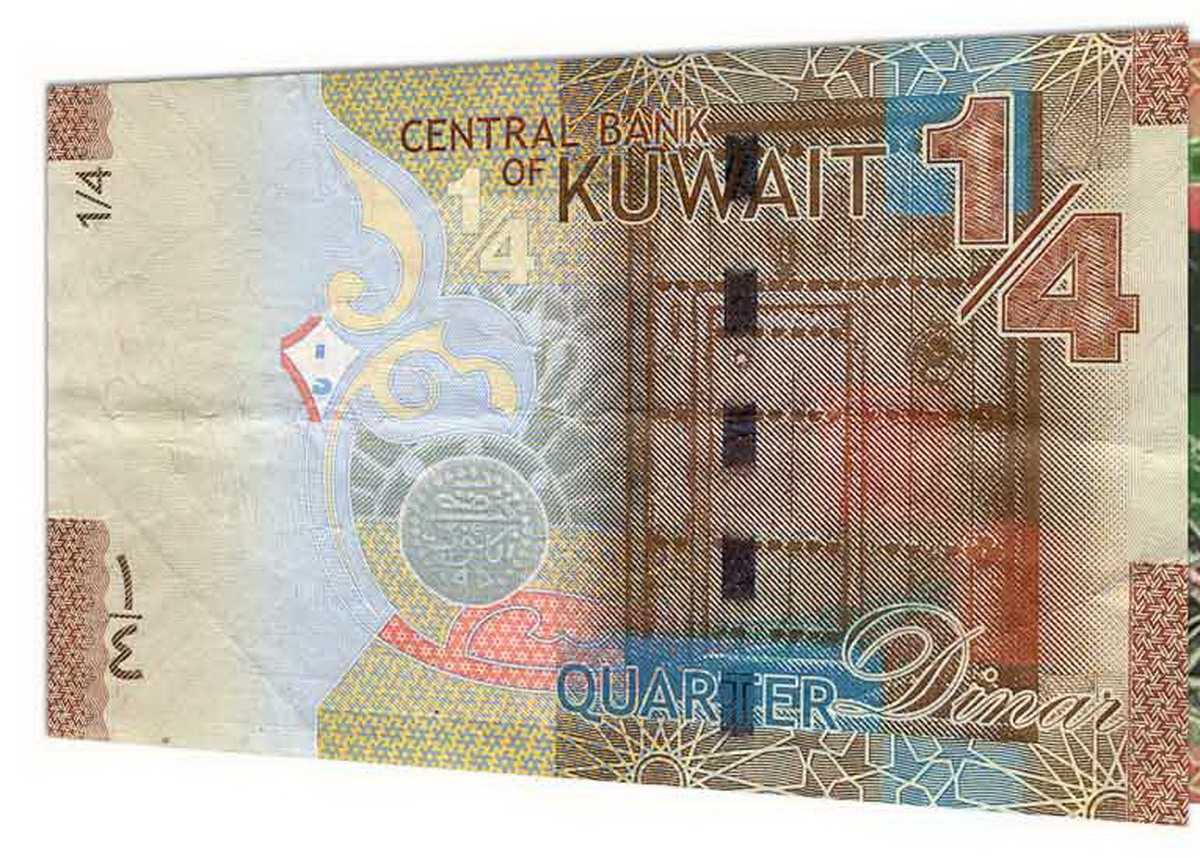
However, Kuwait eventually took its own path. Since May 2007, the Kuwaiti Dinar has been pegged not to the US Dollar but to a basket of currencies of the country’s main trading partners.
The composition of this basket is not disclosed by the Emirate’s central bank, so the Dinar’s exchange rate against the US Dollar fluctuates, giving the Kuwaiti government some flexibility and independence from fluctuations in the value of a single foreign currency. Nevertheless, this does not affect the Dinar’s status. It has held its first place for a long time.
